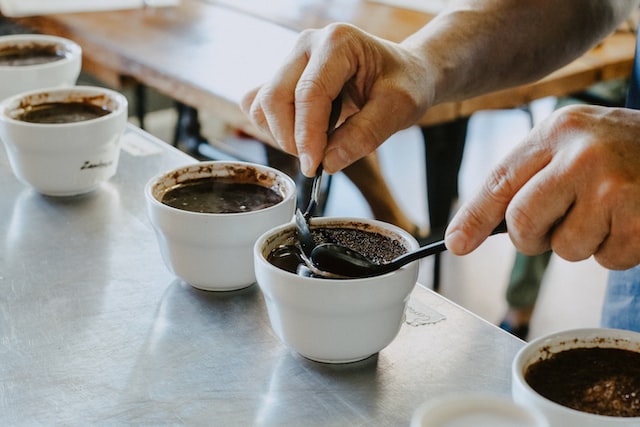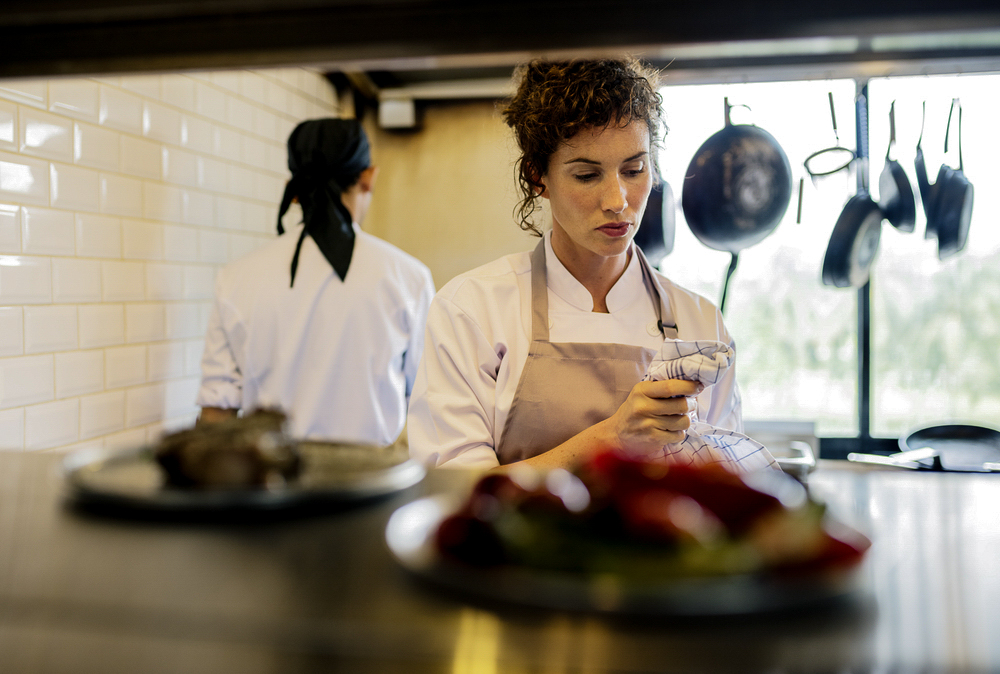
Coffee cupping, a method of tasting and evaluating coffee that has been employed for centuries in the coffee industry, is a professional practice used by coffee roasters, buyers, and baristas alike. It is an essential tool for discerning the subtleties of different coffees, allowing for a thorough and accurate evaluation of the quality and unique characteristics of each bean. Through this process, one can identify and appreciate the unique flavors and aromas that each coffee has to offer, allowing for the perfect cup of coffee to be created.
The purpose of coffee cupping is to measure and evaluate the flavor, aroma, and body of a particular coffee in order to better understand its unique characteristics. It is an essential practice for coffee professionals, such as roasters, buyers, and baristas, who use it to identify the origin, roast level, and flavor profile of the coffee that best suits their specific needs. Cupping has been used for centuries to assess coffees and has become an invaluable tool to the industry, allowing for a detailed analysis of the coffee's flavor, aroma, and body. Through coffee cupping, professionals can identify the nuances of each coffee, from its country of origin to its roast level, and ultimately determine which coffee is best for their individual purpose.
Coffee cupping is a specialized process that requires several steps in order to properly extract and evaluate its flavor. First, the beans are carefully roasted and ground to the desired consistency, and then hot water is added to the grounds. This then needs to be steeped for a few minutes in order to allow the flavor to be extracted. After the desired amount of time, the grounds are removed and the resulting liquid is left to cool. Once it has cooled to a suitable temperature, the coffee can then be tasted and evaluated. This process is often repeated multiple times in order to determine the quality of the coffee beans and the flavor of the finished product.
The coffee taster evaluates the coffee based on its distinct characteristics. They analyze the aroma and flavor, noting any unique or distinct scents or tastes. Furthermore, they evaluate the body of the coffee, since it can affect the overall taste and experience of the beverage. Additionally, the acidity of the coffee is closely examined, as it can contribute to the flavor of the cup and make it more or less enjoyable. Finally, the taster will take all of these factors into consideration when determining the overall quality of the coffee.
Coffee cupping is an essential method of quality control used by coffee professionals in the industry. Through this practice, the unique characteristics of a coffee can be identified, enabling experts to determine the best coffee to suit their individual requirements. By accurately measuring and evaluating the quality and features of different coffee beans, coffee cupping provides an invaluable tool for ensuring the highest quality product is produced. This process, carried out with precision and expertise, is vital to the success of the coffee industry.




